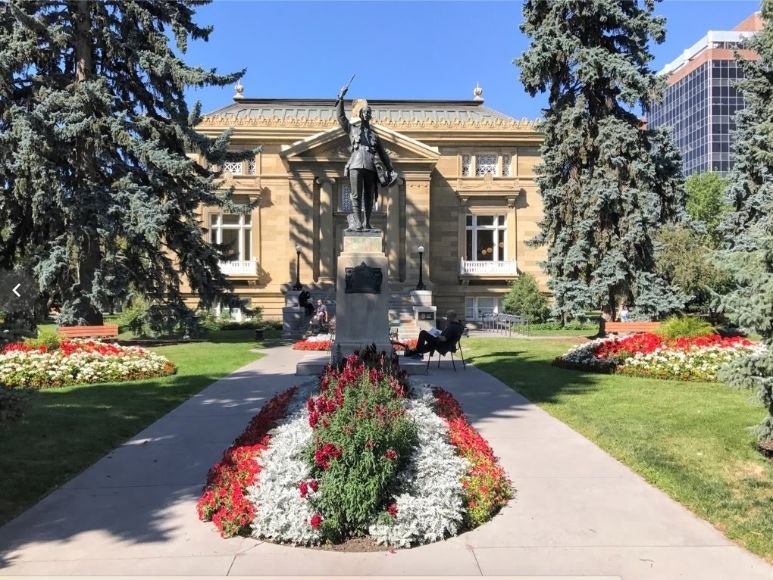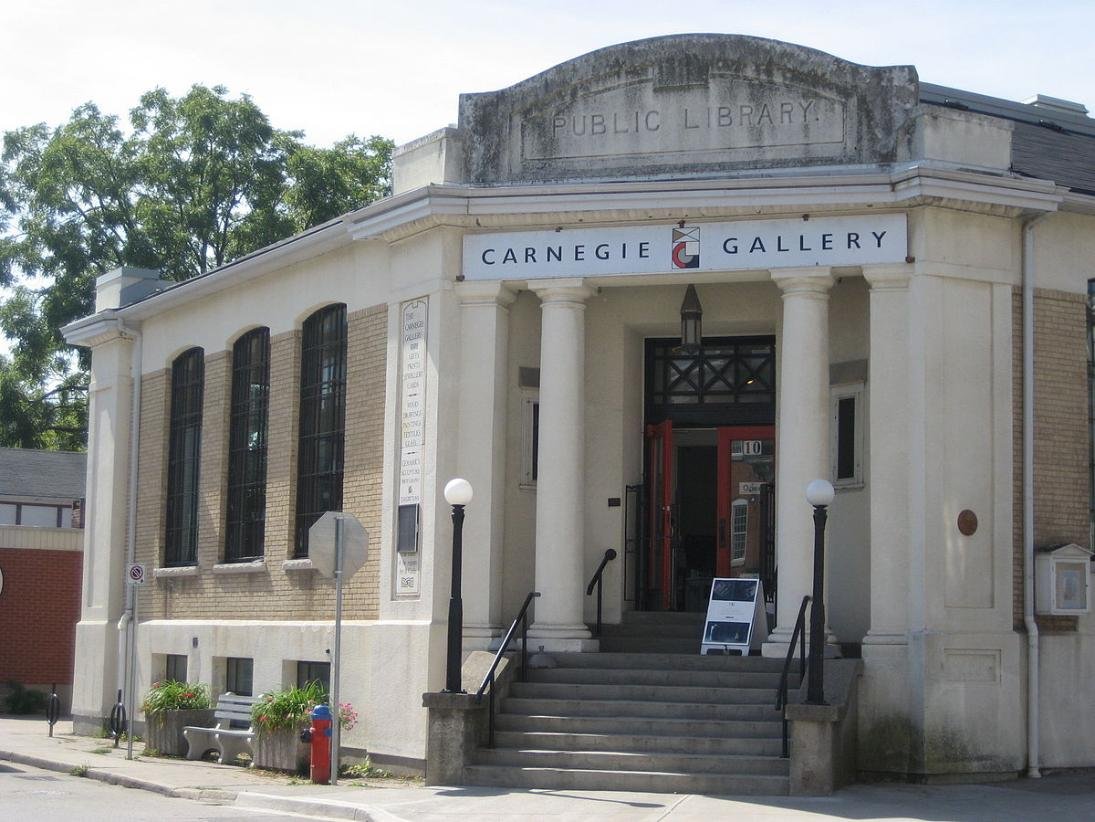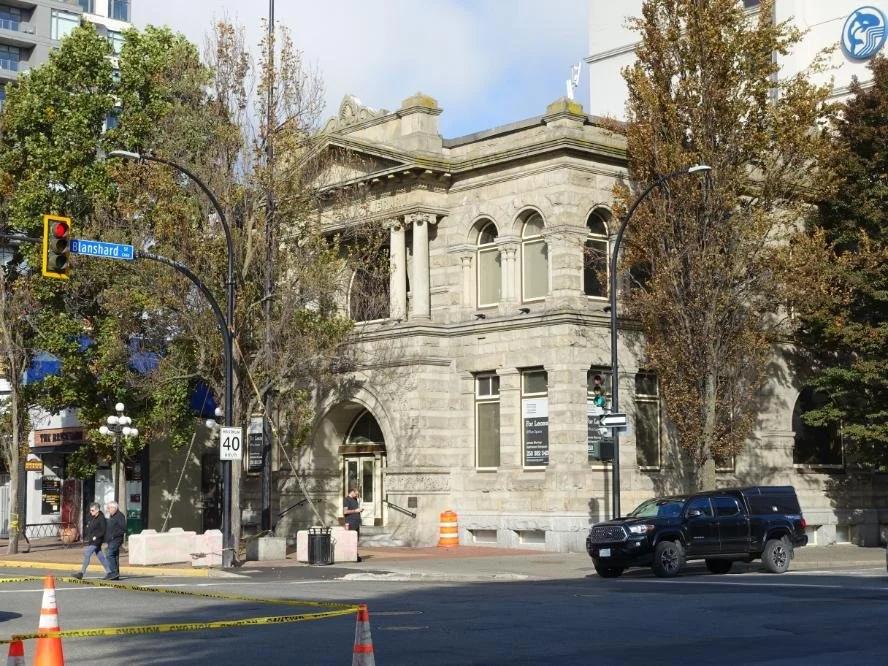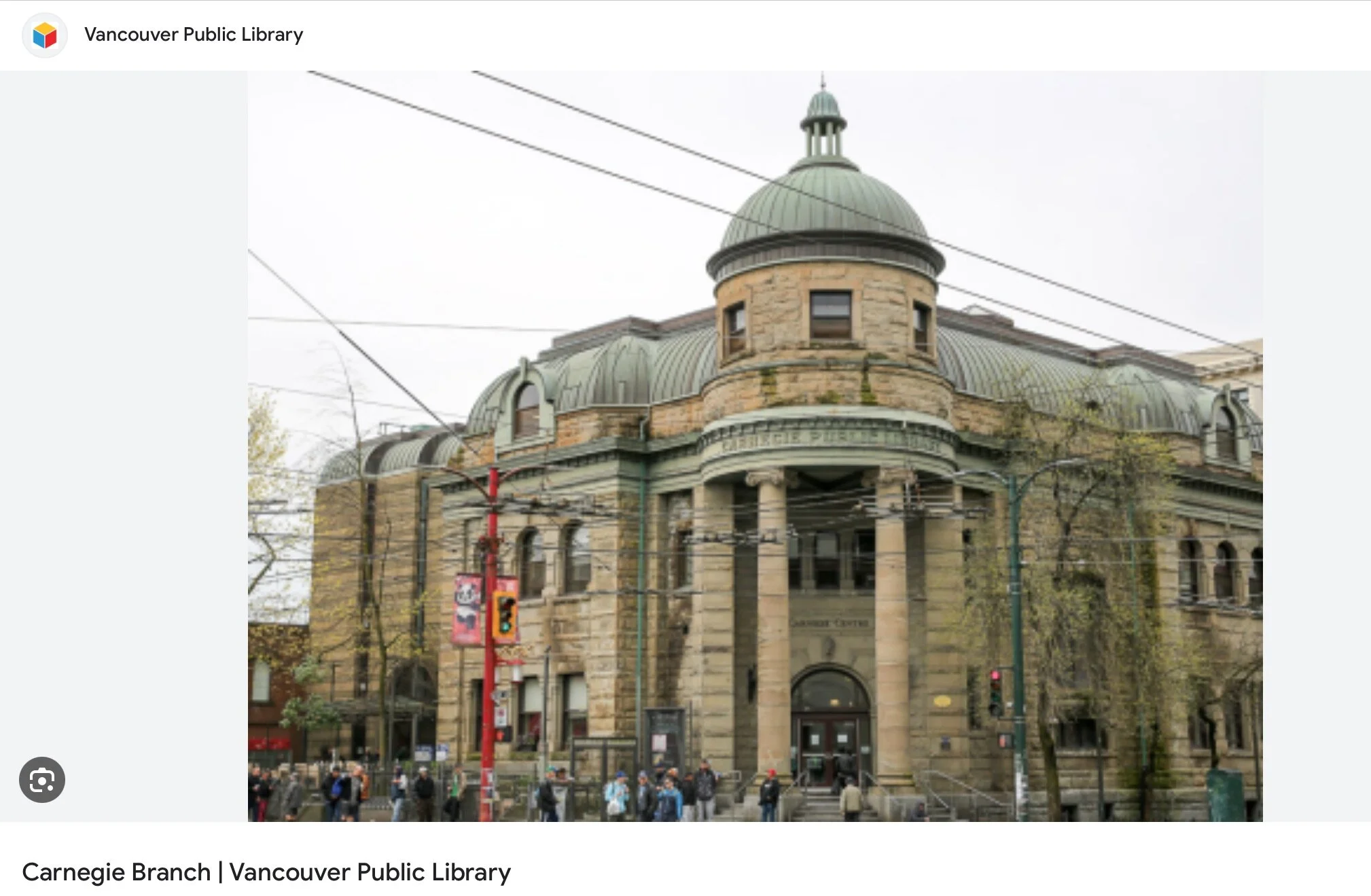Carnegie Libraries: An Amazing Legacy
From 1984 to 1995 I worked in Calgary’s Carnegie Library aka Memorial Park Library (opened in 1912) and over the years since, I have encountered several more Carnegie libraries in cities small and large. On a recent road trip in Southern Ontario, I found three - one in Parkhill, one in St. Mary’s and another in Palmerston. I couldn’t help but be reminded of philanthropist Andrew Carnegie’s amazing legacy.
I know of people whose bucket list is to visit every NHL arena or every NFL stadium. There are others whose goal is to visit every Frank Lloyd Wright’s house, or every province in Canada, or every state in America. I wonder if anyone has attempted to travel to visit Carnegie libraries in Canada? North America? The world? It would be quite the feat given there are thousands.
Carnegie’s philanthropic interests centered around the goals of education and world peace. One of his lifelong interests was the establishment of free public libraries to allow everyone a means of self-education. There were only a few public libraries in the world when, in 1881, Carnegie began to promote and fund his idea.
Yep, “he put his money where his mouth was!”
I know I am bias but I do think Calgary’s Memorial Park Library (1912) is one of the nicest libraries in the entire Carnegie Library family. Located in Memorial Park amongst century old trees, fountains, gardens and war memorials it is an urban oasis in the city centre. And yes the main floor is still a library.
Calgary’s Memorial Park Library under construction. (Glenbow Archives)
Memorial Park circulation desk (Glenbow Archives)
Southern Ontario Carnegie Libraries
The Parkhill Carnegie Library is currently being used as an art centre with gallery and studios. Many of the libraries have evolved to different uses.
St. Mary’s Carnegie Library still functions as a library. One of the characteristics of most of the Carnegie library entrances are the stairs and pillars that create a sense of power, importance and history.
The Palmerston Carnegie Library is unique as it is one the few that were red brick, without steps and pillars.
Kenora’s Carnegie Library opened in 2016, which I discovered in the summer of 2023.
Fun Facts
In Canada, Carnegie Foundation grants were awarded to build 125 libraries. (Of those 63 are still used as libraries today). The total grants added up to $2.5 million.
Ontario was awarded 111, four in Manitoba, three each in Alberta and British Columbia and one each in New Brunswick and Yukon.
Windsor was the first Canadian city to receive a donation, but Chatham opened the first Carnegie Library in 1903. Sadly, the Chatham Carnegie Library was demolished in 1967 to make way for their new central library.
Ayr, Ontario was the smallest city/town to receive a grant. Its population was 807 at the time.
Around the world, 2,509 libraries were built with funding from the Carnegie Foundation between 1883 and 1929. The first one was in Dunfermline, Scotland - Carnegie’s hometown.
Prior to the 1880’s, all libraries were “closed-stacked,” which meant a patron had to request the books he/she wanted from the librarian who would then go to the library’s shelves to get the books the patron wanted. The library wasn’t a place where the public could browse the shelves to see what interested them. Carnegie created the “open shelf” system where people got their books off the shelf themselves and then checked them out at the circulation desk at the front door to prevent stealing.
I am sure my Mom remembers the Chatham Carnegie Library as she developed her love for books as a child living in Chatham. It is sad that they chose to demolish Canada’s first Carnegie Library…shame on them.
The Carnegie Library in Dundas, Ontario also holds a place of importance for me as it was where I took my only art classes when I decided to leave my PhD studies in cell biology and work at becoming a visual artists.
I kinda remember Hamilton’s Carnegie Library which is now a courthouse.
Who was Andrew Carnegie?
Andrew Carnegie, (1835 – 1919), an American industrialist and philanthropist, was instrumental in the expansion of the American steel industry in the late 19th century and became a leading philanthropist around the world. During the last 18 years of his life, he gave away around $350 million (roughly $6 billion in 2023 dollars), almost 90 percent of his fortune, to charities, foundations and universities. His 1889 article proclaiming "The Gospel of Wealth" called on the rich to use their wealth to improve society through philanthropy and he expressed support for progressive taxation and estate tax.
The first Carnegie Library in Dunfermline, Scotland - Carnegie’s hometown.
Born in Dunfermline, Scotland, he emigrated to Pittsburgh, Pennsylvania with his parents in 1848 at the age of 12.
He started work as a telegrapher and by the 1860s had investments in railroads, railroad sleeping cars, bridges and oil derricks.
He accumulated further wealth as a bond salesman, raising money for American enterprise in Europe. He built Pittsburgh Carnegie Steel Company which he sold to J. P. Morgan in 1901 for $303,450,000 (equal to $11 billion today dollars). After selling Carnegie Steel, he surpassed John D. Rockefeller as the richest American of the time.
He is credited with creating the “culture of philanthropy” that still exists in the United States today.
Victoria’s Carnegie Library opened in 1904 sits empty today, looking for a new users.
Edmonton had two Carnegie Libraries one in Strathcona which was a separate town early in the 20th Century.
And one downtown.
Carnegie Formula
Nearly all the Carnegie libraries built were based on very strict terms that required a financial commitment for the maintenance and operation from the city/town that received the donation. Carnegie required the city’s elected officials to:
Demonstrate a need for a public library
Provide the building site
Commit to paying staff and maintaining the library
Use public funds to run the library, not private donations
Provide 10% of the cost of the library’s construction annually to support its operations
Provide free service to all
Carnegie Endowments Today
More than 20 independent organizations were established through the philanthropy of Andrew Carnegie and now feature his surname. They perform work involving topics as diverse as art, education, science and world peace.
Carnegie Science was established in 1902 with a $10 million gift that has grown to $1 billion dollars as of 2022.
Carnegie Foundation for the Advancement of Teaching was established in 1905 continues to give grants today to teachers in Canada and the USA.
On his 75th birthday (1910) Carnegie announced the Carnegie Endowment for International Peace with a $10 million dollar gift. Today, it is a nonpartisan international affairs think tank located in Washington D.C.
The Carnegie Corporation of New York is the philanthropic foundation established by him in 1911 with the bulk of his fortune of $135 million. As of 2021, the endowment value was $4.7 billion.
Carnegie also founded numerous institutions in Pittsburgh – Carnegie Mellon University (originally the Carnegie Technical School, opened in 1912), Carnegie Museum of Natural History and Carnegie Museum of Art (opened in 1895, it was the first museum in the United States with a strong focus on contemporary art). And there are six Carnegie buildings still functioning as libraries in Pittsburgh.
Last Word
What an amazing legacy now almost 150 years later and growing. I am thinking a trip to Pittsburgh should be high on my list of places to visit. I am also thinking I will begin to a collection of Carnegie Library photos from every city I visit that has one still standing.
Hmmm…I bet I could create a Carnegie Library Trail in southern Ontario.
Additional Information
List of Canada’s Carnegie Libraries with date and amount of grant
Canada’s Historic Places: Carnegie Libraries
Case Studies: Importance of Cultural Philanthropy



















